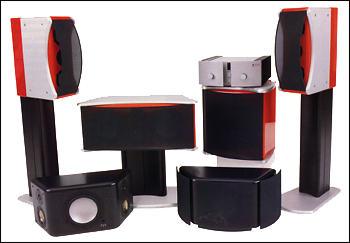| Columns Retired Columns & Blogs |
LATEST ADDITIONS
|
Jul 05, 1998 |
0 comments
Audio systems can often be a synergistic challenge, with a delicate balance of every component in the chain. Reader Al Marcy submitted this question, which gets at the heart of the audiophile life.
Have you made a wrong assumption about a component in your system? Thought it was great or lame, then found out it wasn't when you changed a different component?
Never---I tend to be right the first time
18% (17 votes)
Once, but there were extenuating circumstances
18% (17 votes)
More than once
54% (51 votes)
Usually
6% (6 votes)
Every time---this hobby drives me crazy!
4% (4 votes)
Total votes: 95





